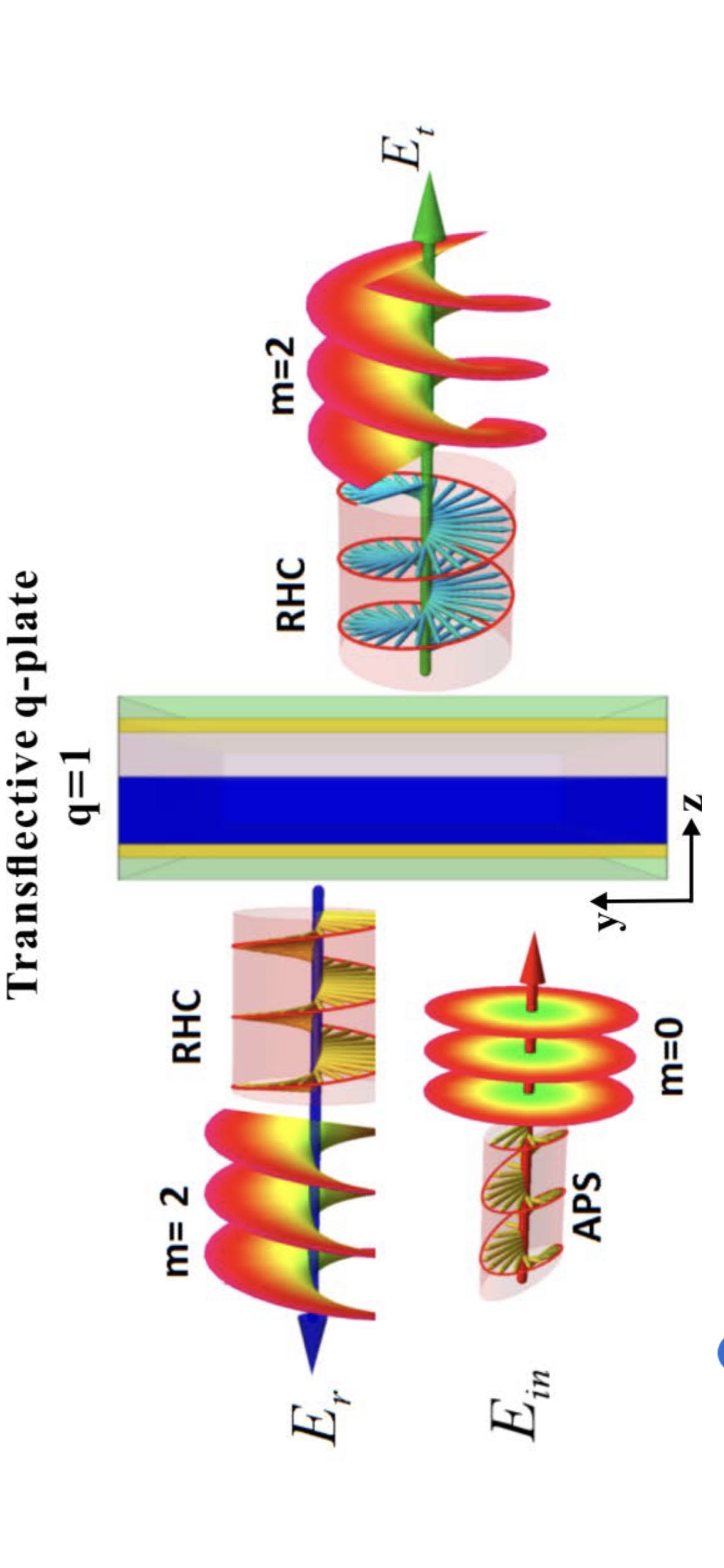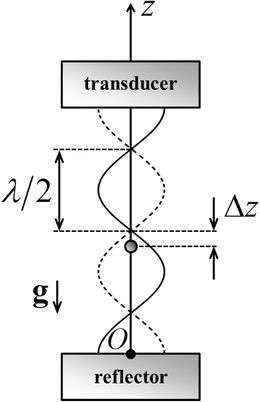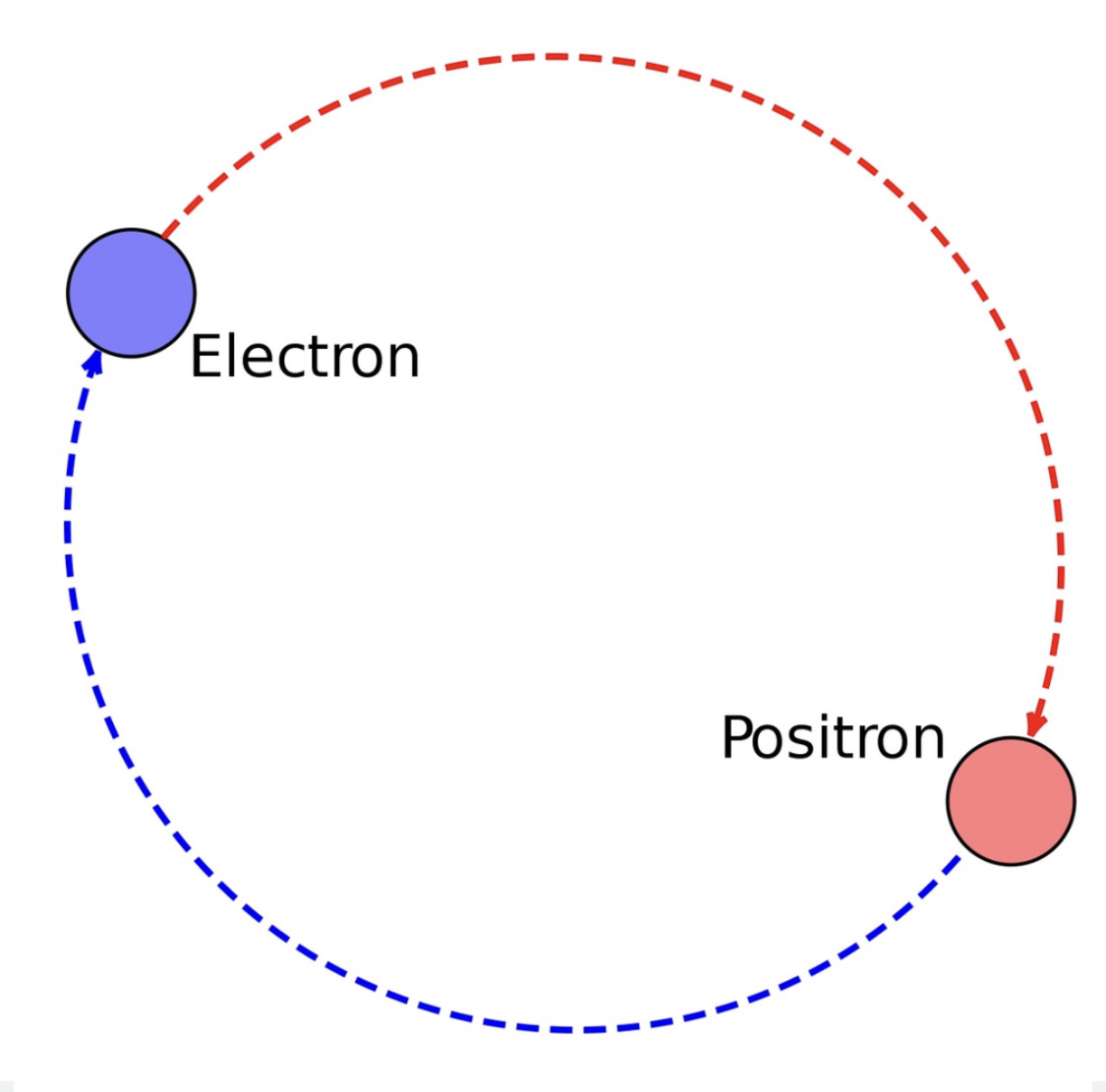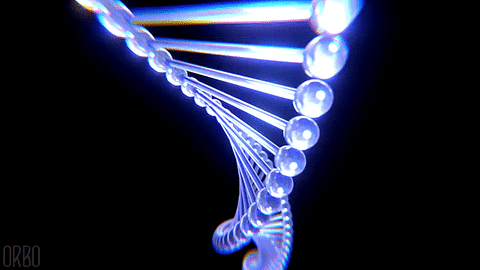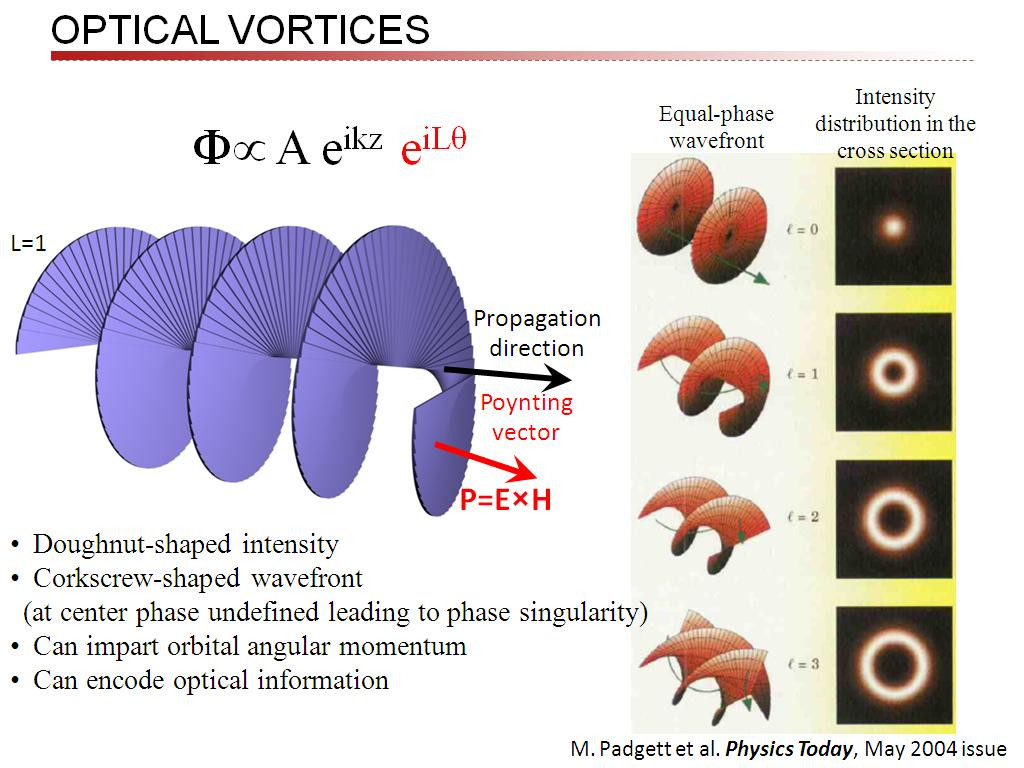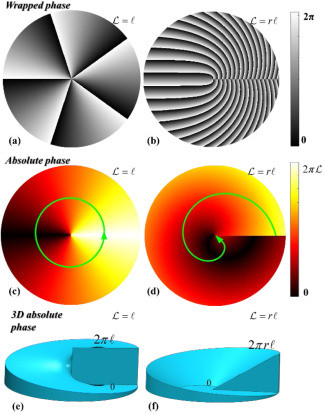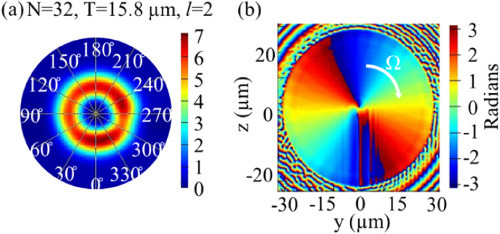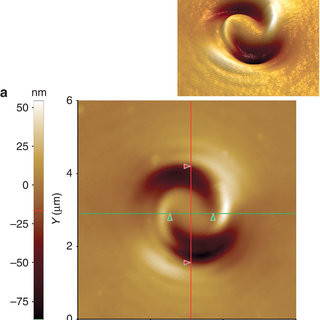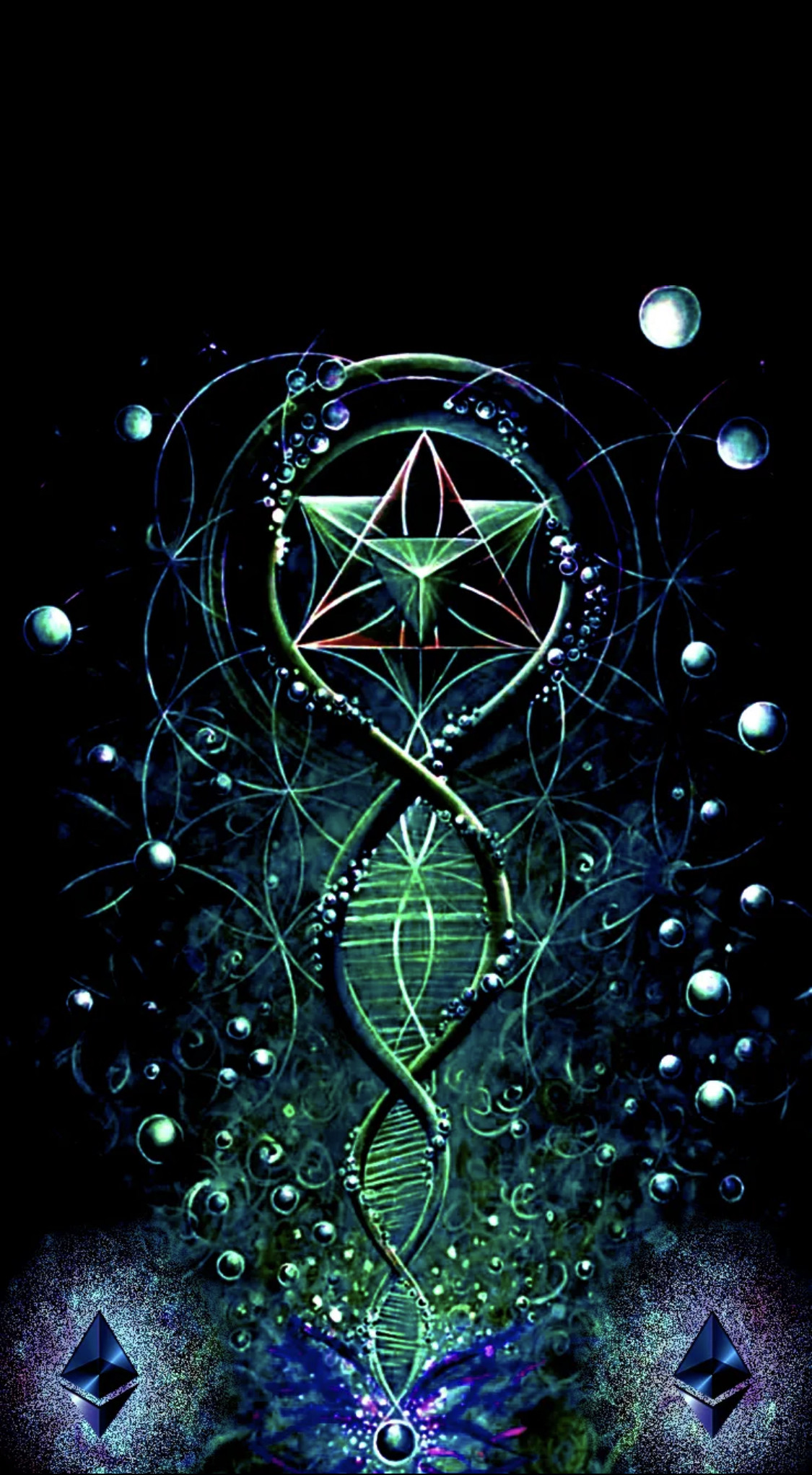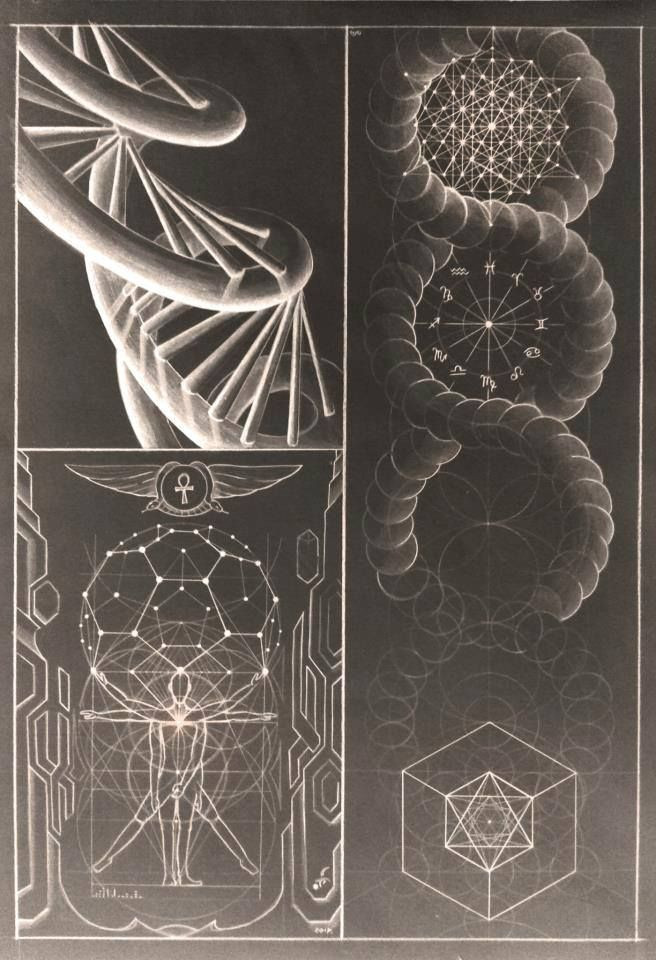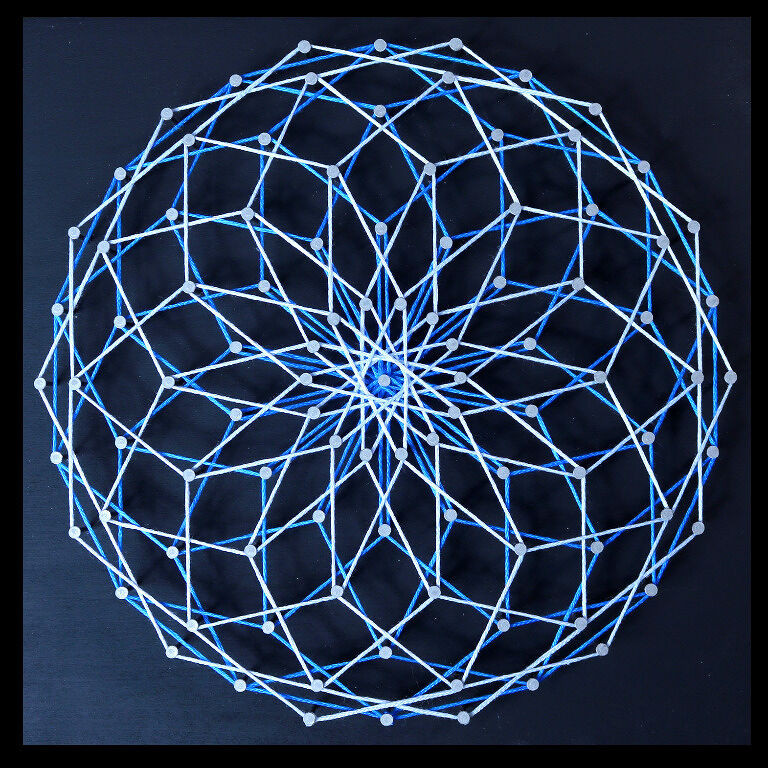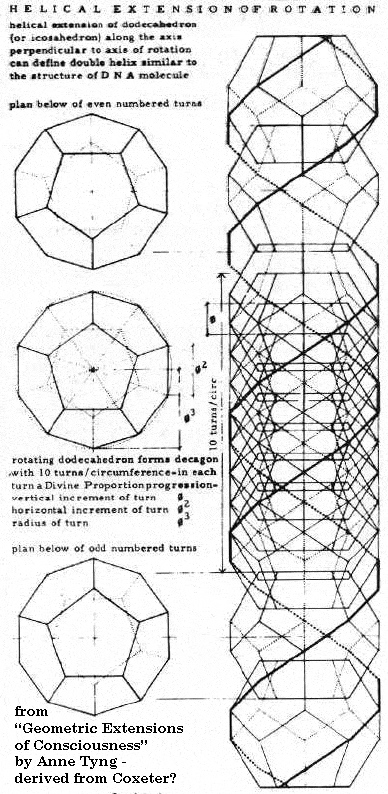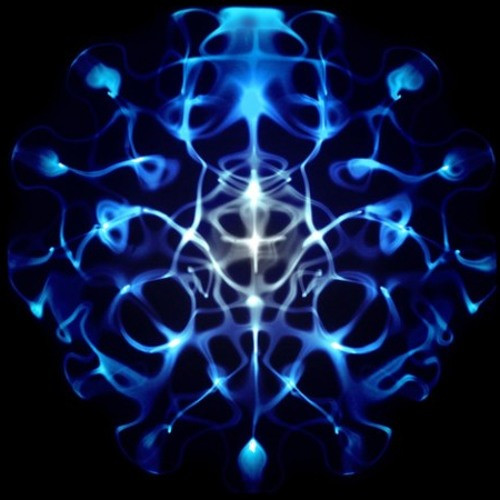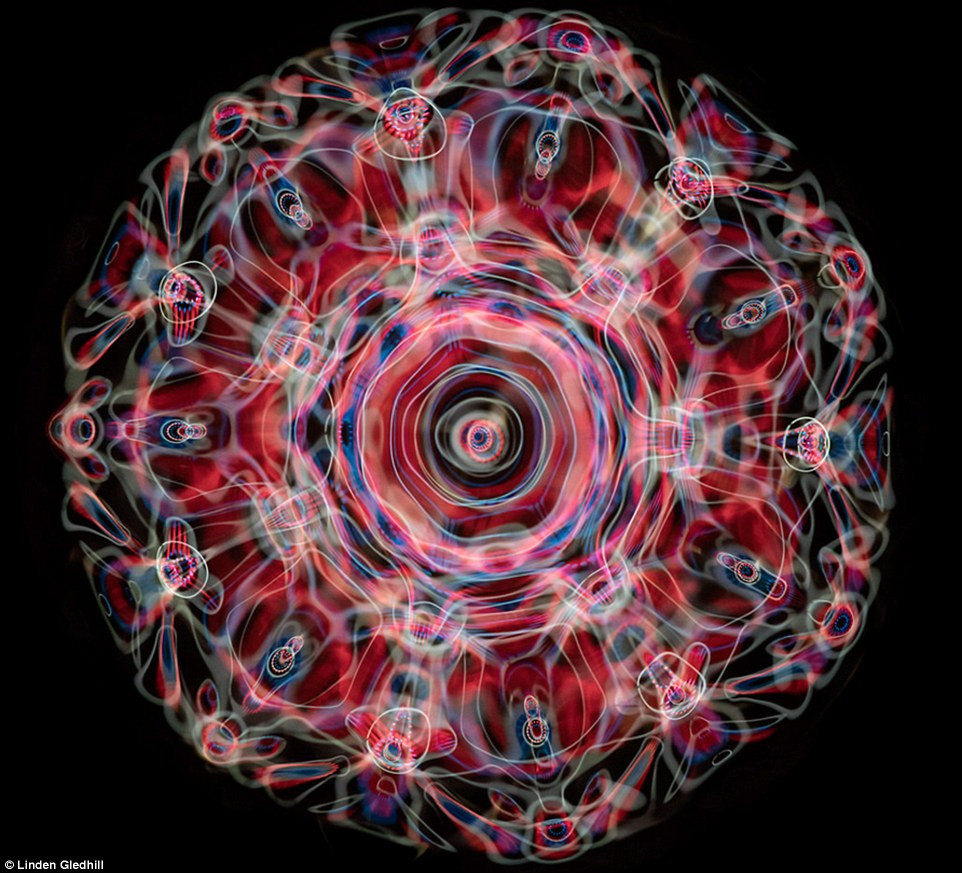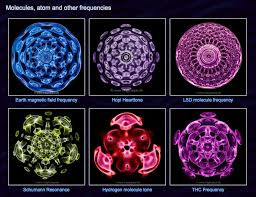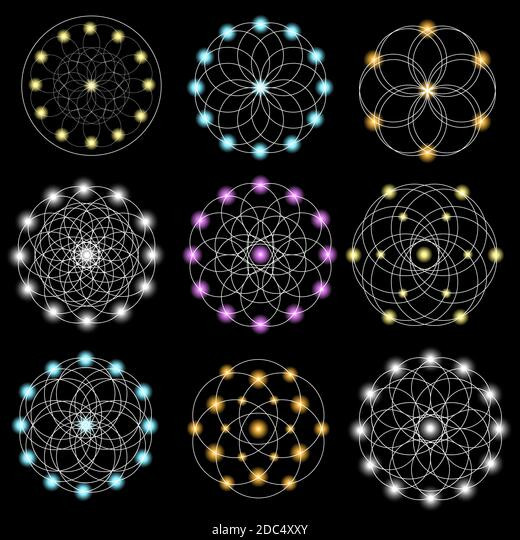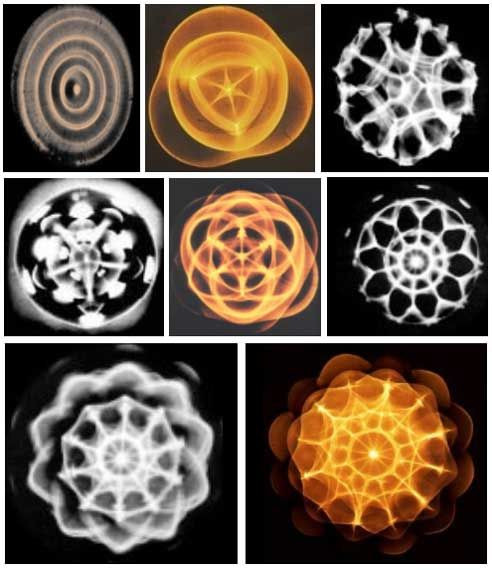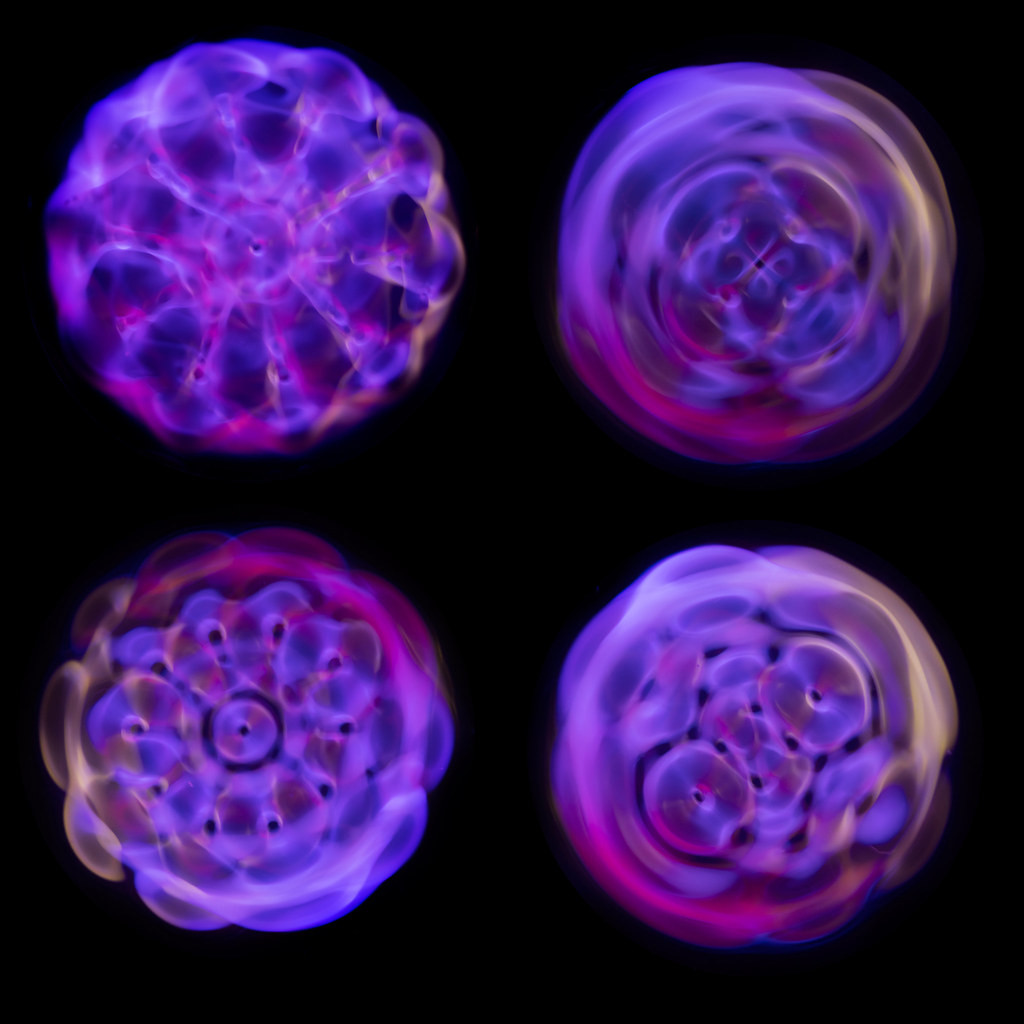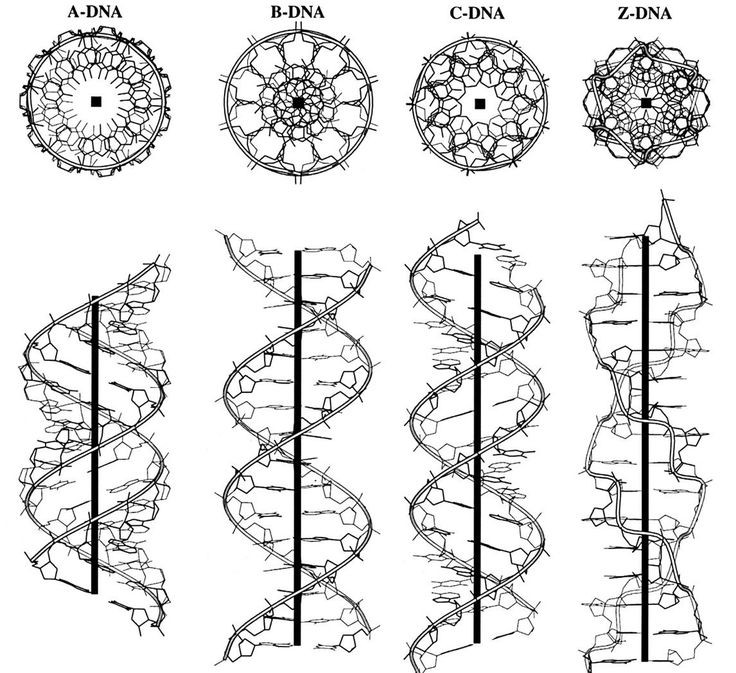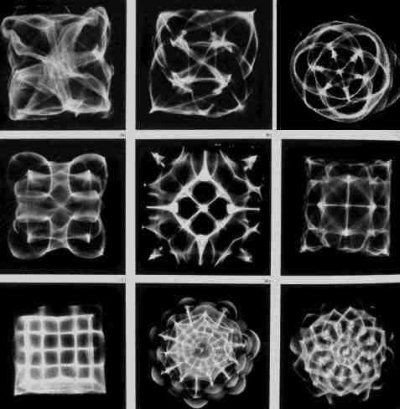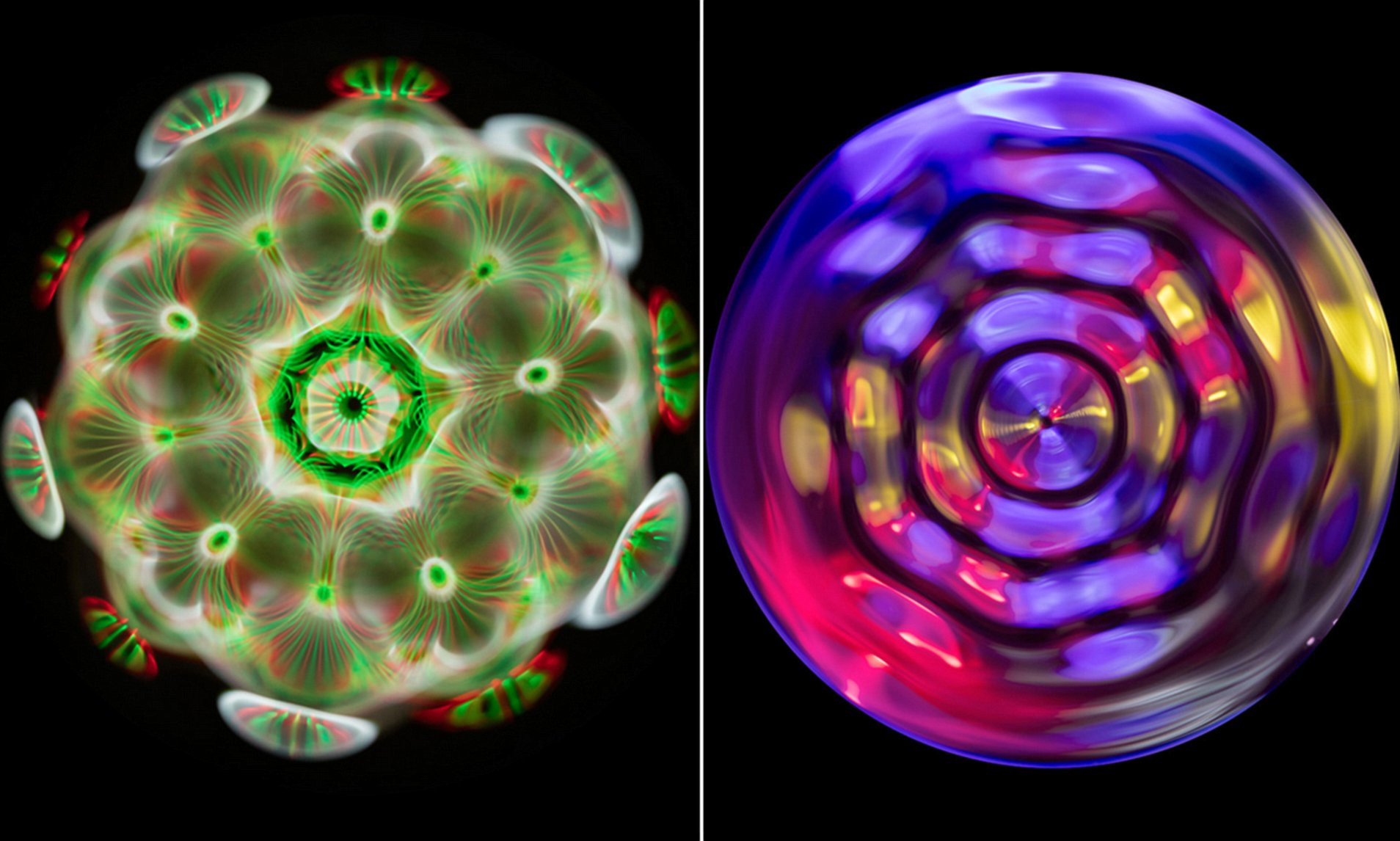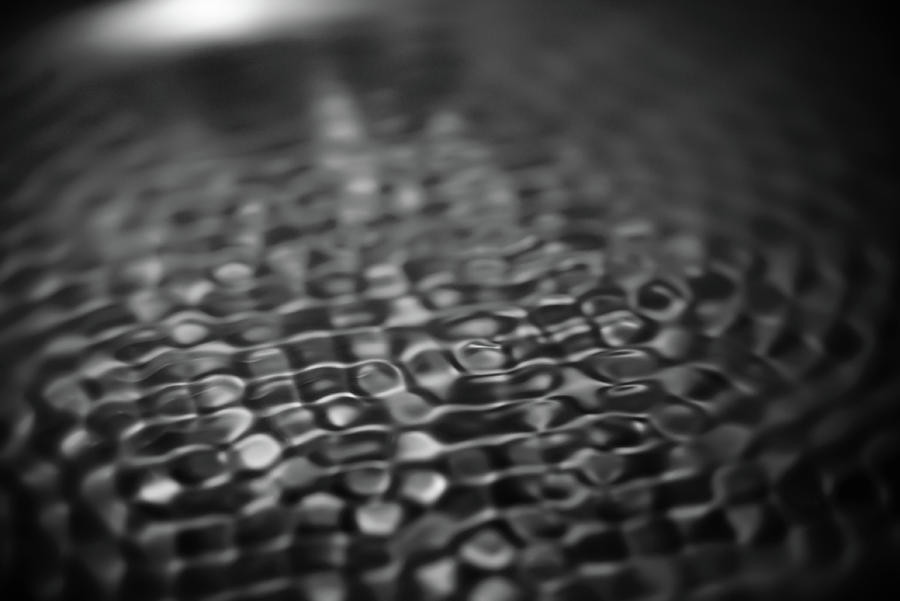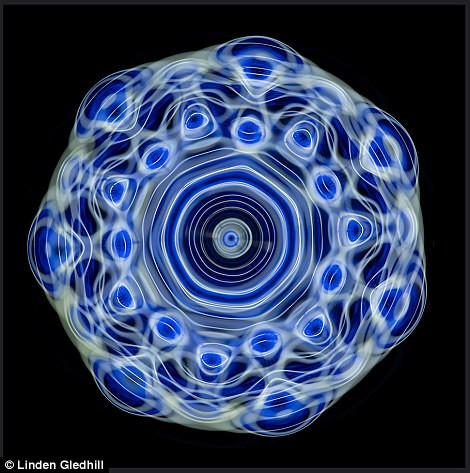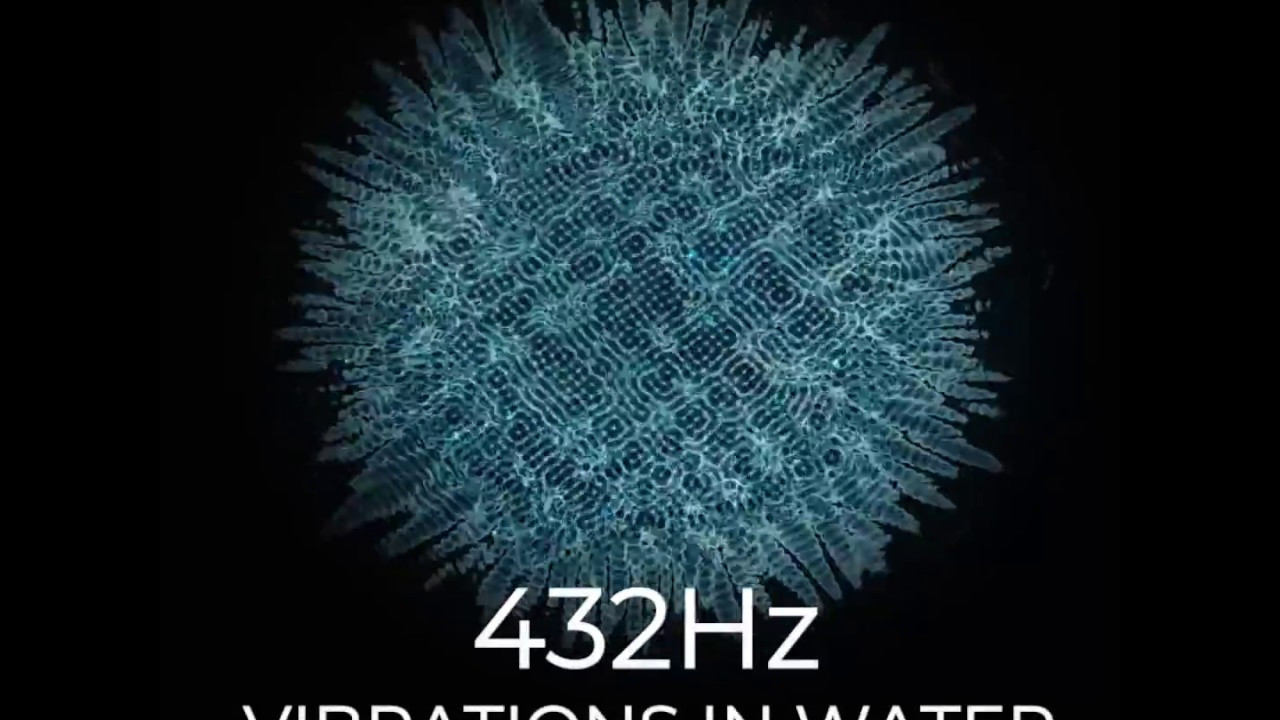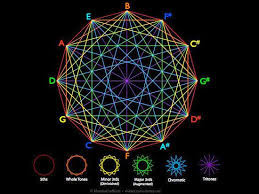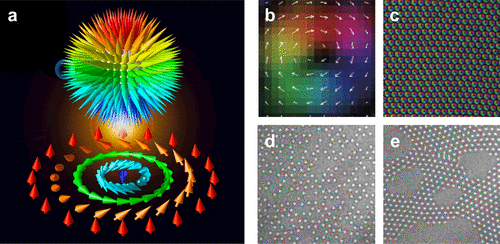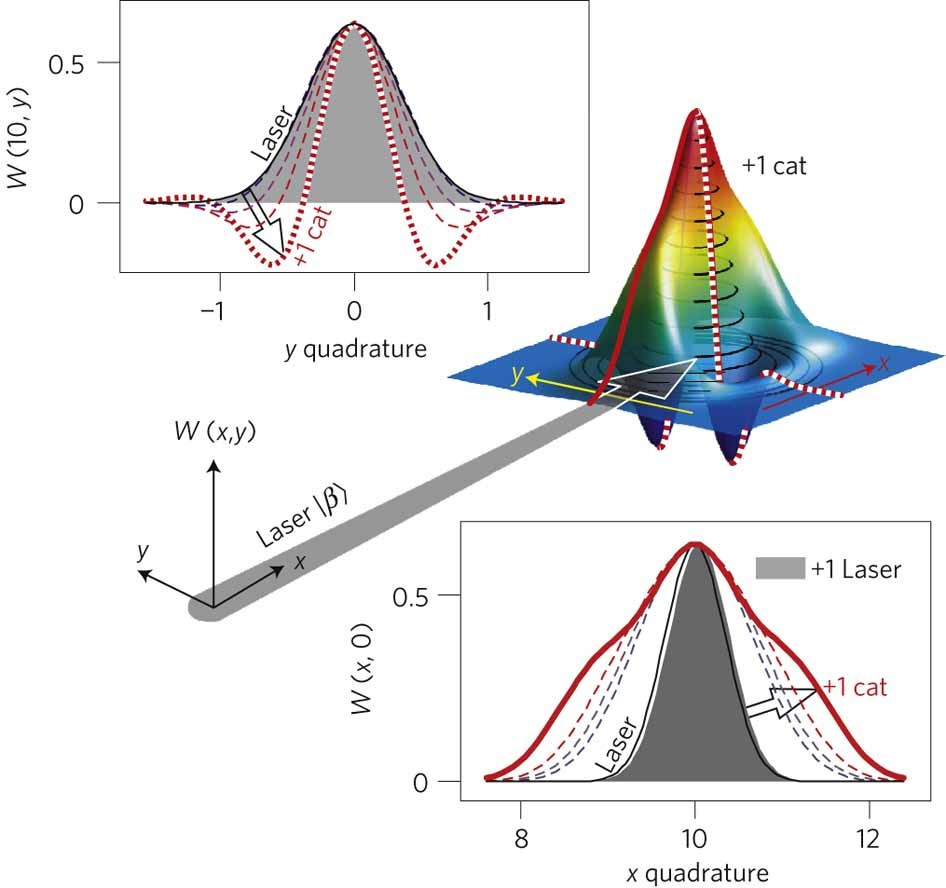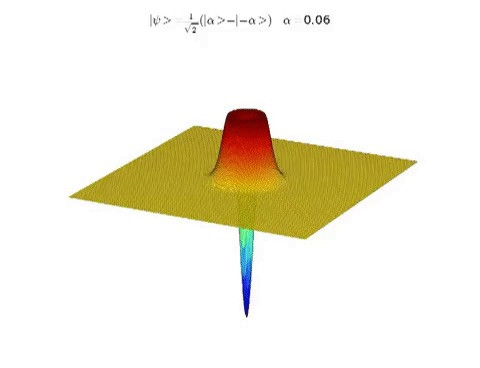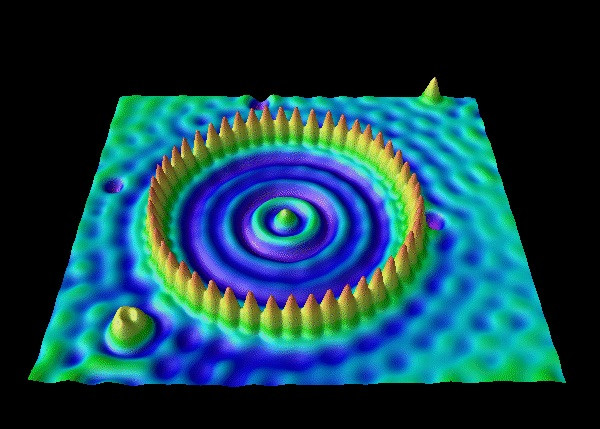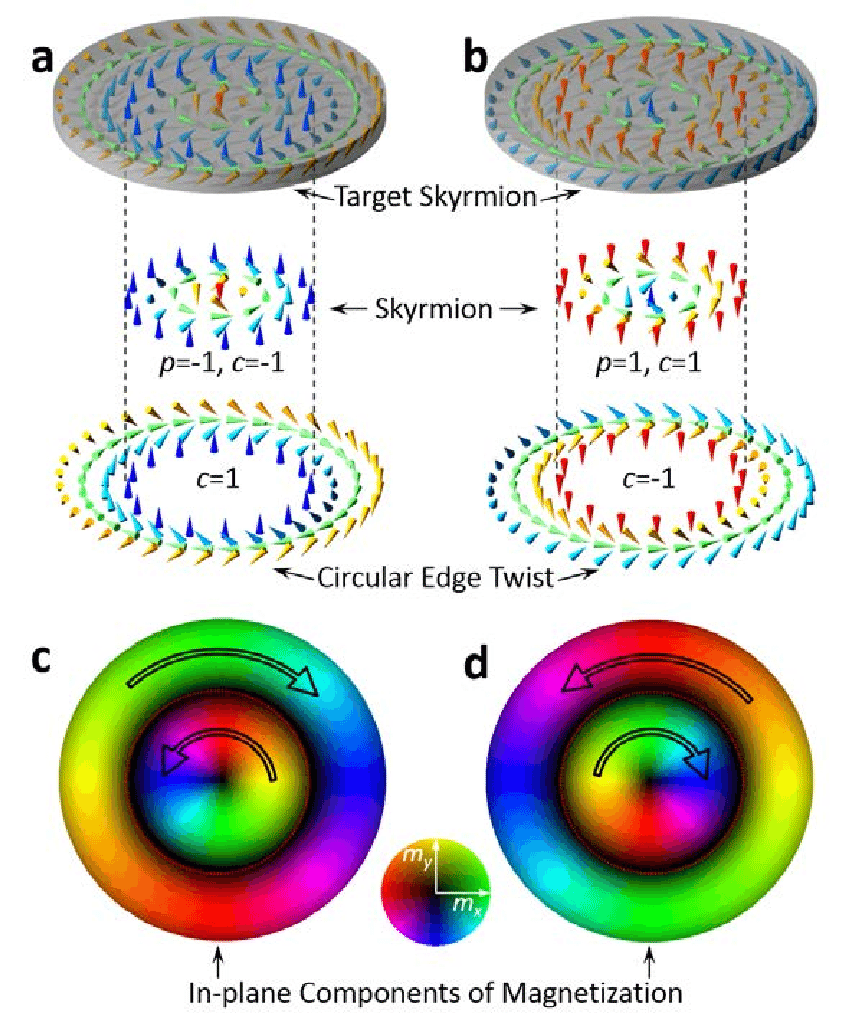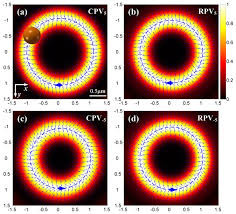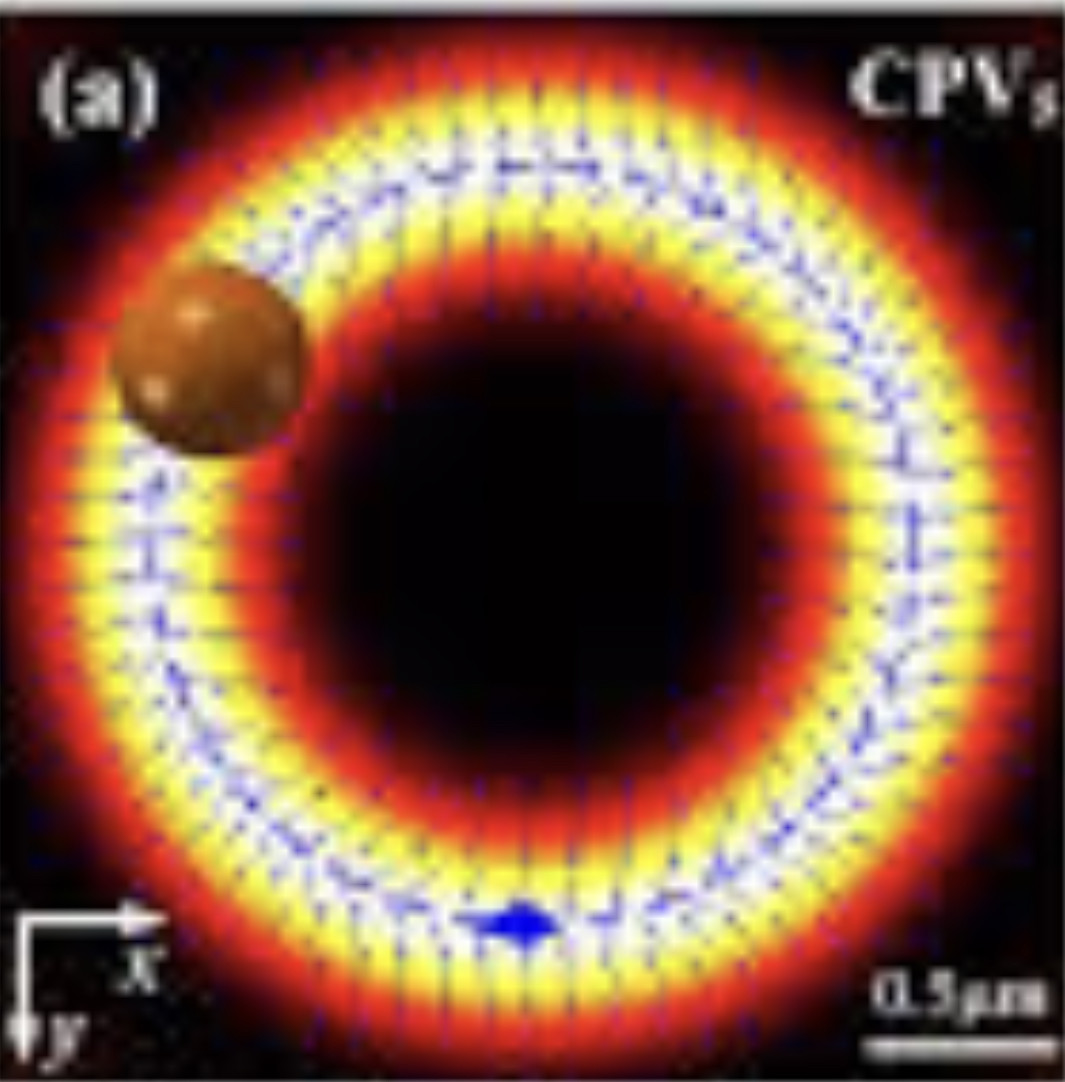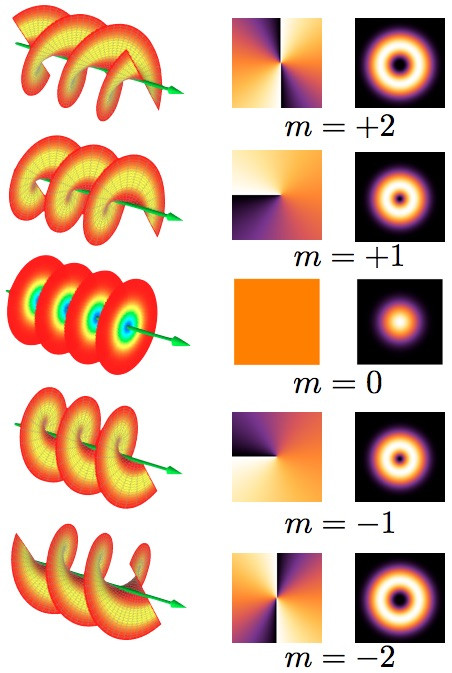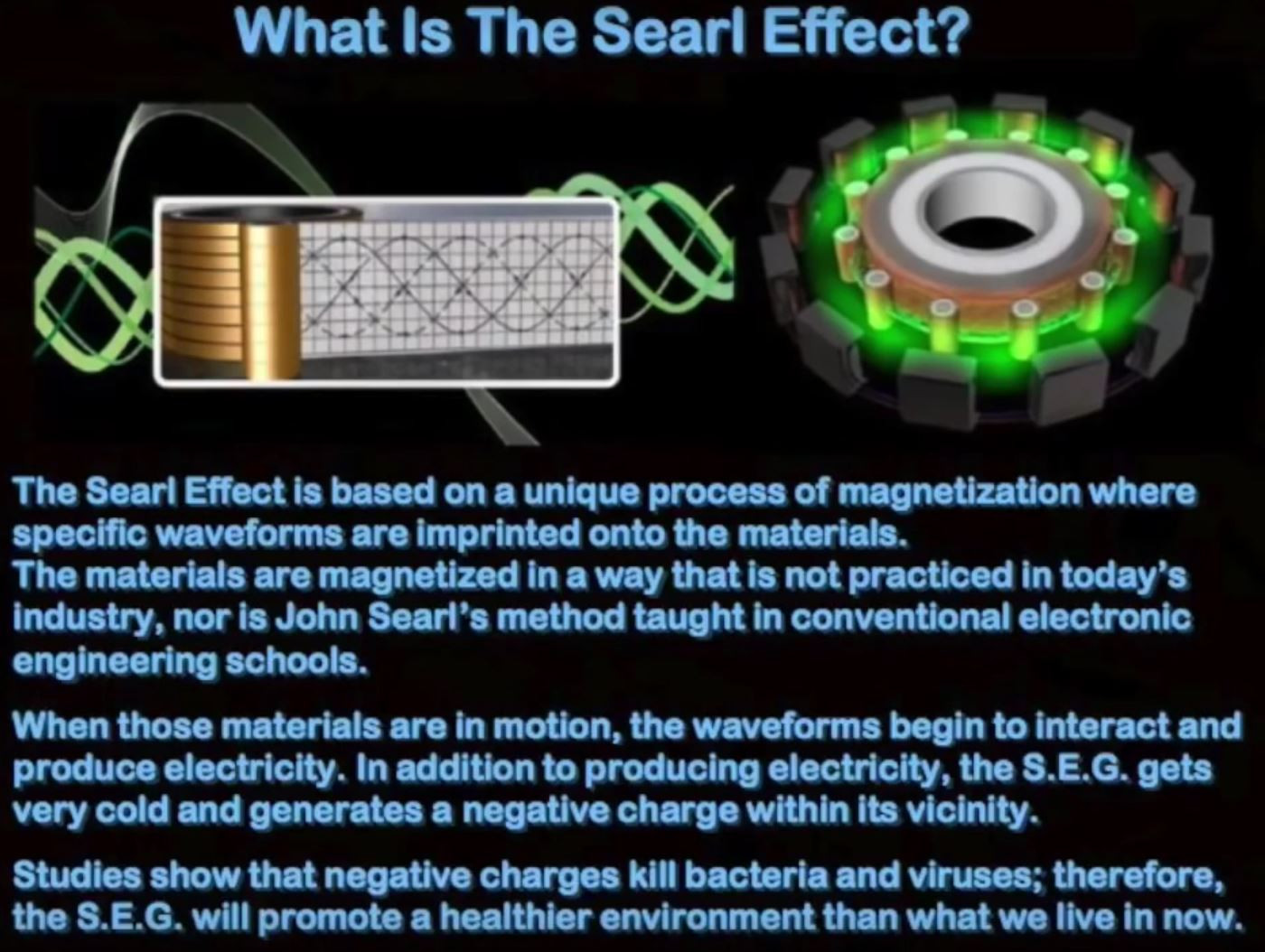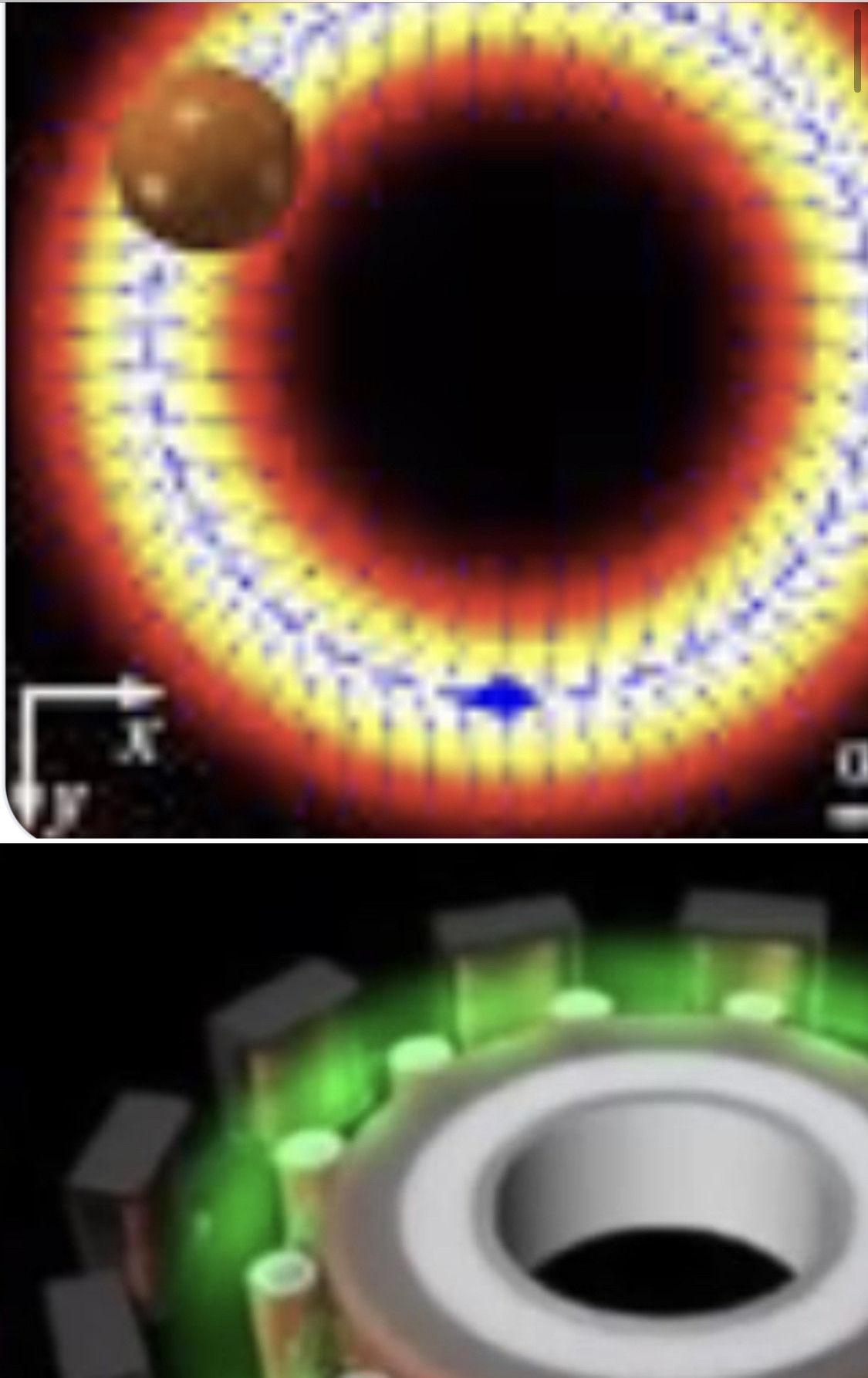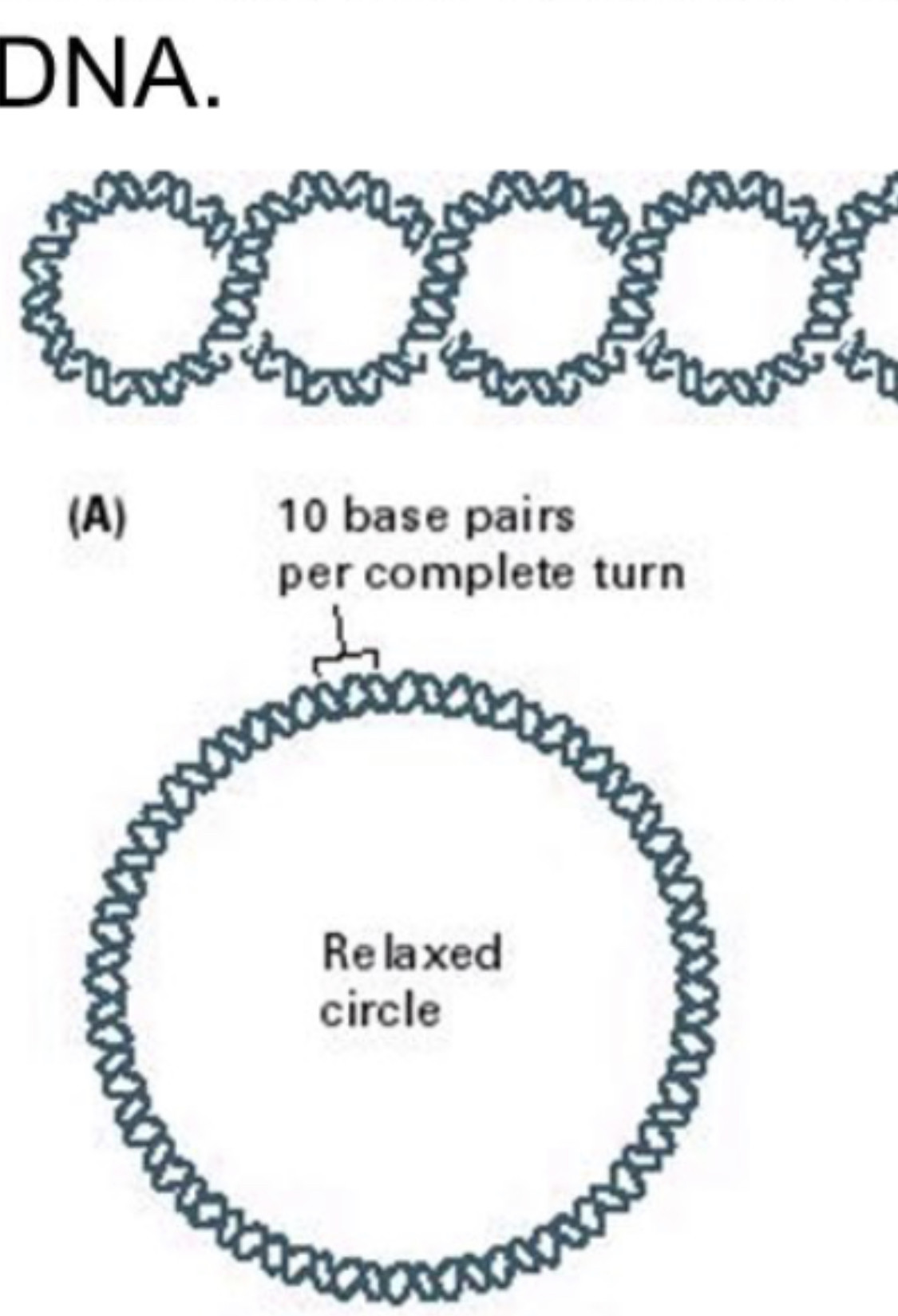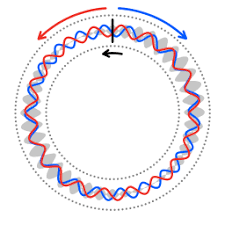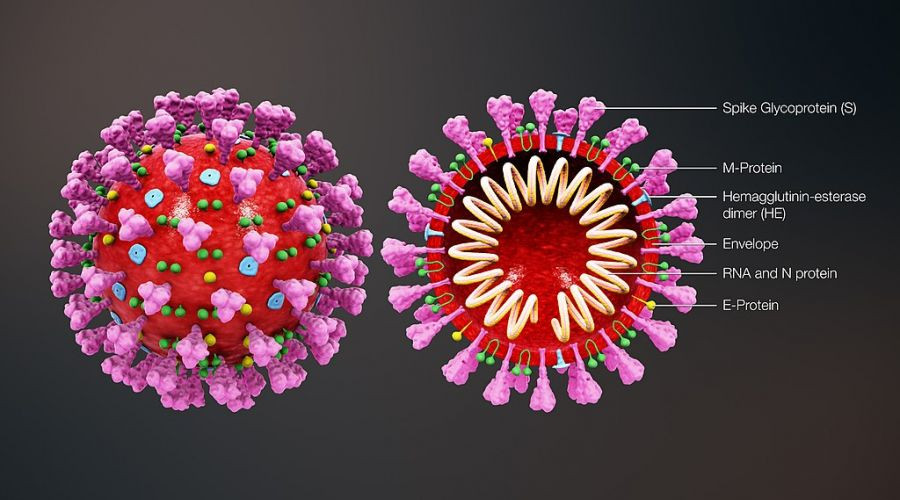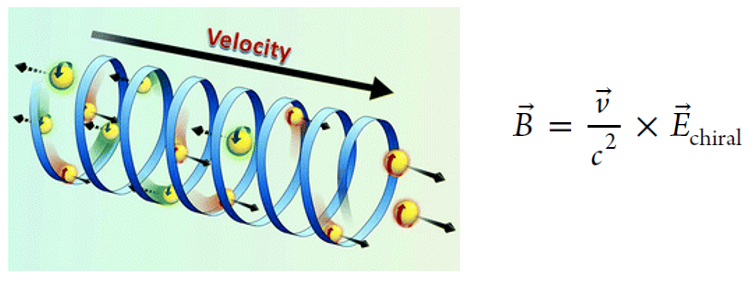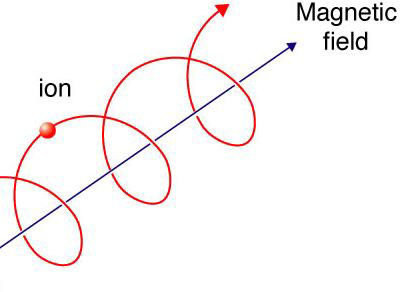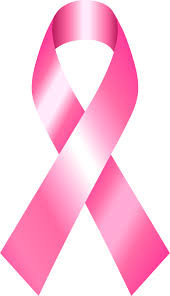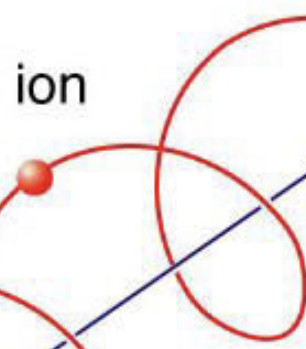The most common dyes for lipids are Nile red [19] and BODIPY 505/515 [20]. Nile red and BODIPY 505/515 offer several advantageous characteristics for in situ screening [21].
Phl 1:9
And this I pray, that your love may abound yet more and more in knowledge and in all judgment;
the river runs red=144
Egypt /double straits
Rom 12:9
Let love be without dissimulation. Abhor that which is evil; cleave to that which is good.
G14 to work good, to do good, to do well, act rightly
G15 to do good, do something which profits others
agathopoiḯa, ag-ath-op-oy-ee'-ah; from G17;
G16 course of right action, well doing, virtue
G17 acting rightly, doing well, virtuous from G18
G18 that which is good of good constitution or nature
useful, salutary good, pleasant, agreeable, joyful, happy excellent, distinguished upright, honourable
G19 goodness uprightness of heart and life, goodness, kindness
1419/1914
silence
S
i
l en
ce
no i se
Sound
no sound
on
off
positive
negative
node
antinode
charge
no charge
Dipole
AN AWKWARDNESS
awkwardness (usually uncountable, plural awkwardnesses)
The state or quality of being awkward; clumsiness; unskillfulness.
The quality of an embarrassing situation
TO SITUATION
put someone in an awkward position
From Old French positif, from Latin positivus, from the past participle stem of ponere (“to place”). Compare posit.
I’m absolutely positive you've spelt that wrong.
(chiefly philosophy) Actual, real, concrete, not theoretical or speculative.
(physics) Having more protons than electrons.
Antonym: negative
A cation is a positive ion as it has more protons than electrons.
ne
G
at
ive
posit
ive
AC
at
ion
ive
BECOMING ALIVE
something out of nothing
Cosmic rays might sound like something from science fiction, but they are a huge hurdle to successful long-haul space flights, such as a manned mission to Mars. Why? Because they can cause cancer and other health complaints in exposed astronauts, and we don’t yet have effective ways to shield spacecraft and their occupants. Ironically, the high-energy charged particles that form a significant portion of cosmic rays are used to treat cancer on Earth. It’s all about context – used in a focused and localized way the particles can destroy tumors, but long-term uncontrolled exposure can cause tumors.
So, what are these particles? They mostly consist of energetic protons and other high-energy charged particles, including carbon ions. In cosmic rays, these particles are flung across space because of the massive energies they are subjected to during processes like supernovae. On Earth, our magnetic field protects us from the worst of this cosmic ray bombardment. However, for astronauts outside the Earth’s protective magnetic bubble, the risk of cancer on long space journeys could be significant. If humans are ever to travel to Mars, we will need to develop ways to protect astronauts from these rays.

